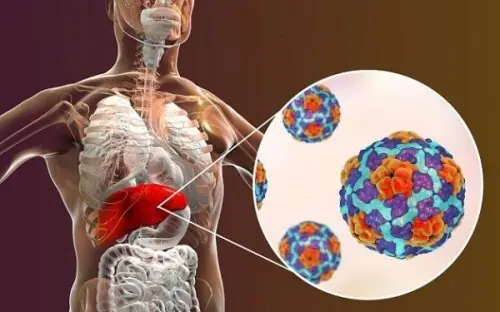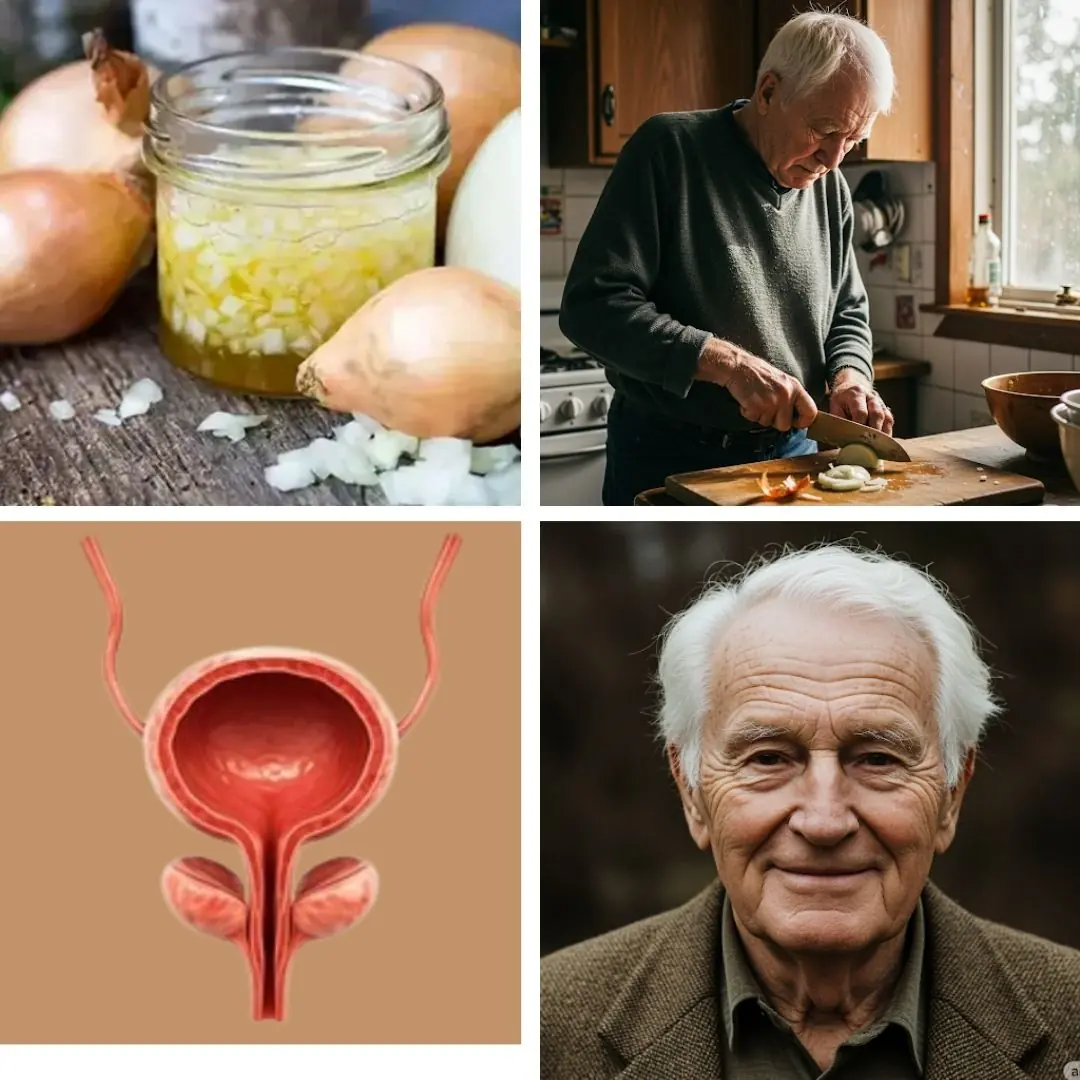
10 Vegetables That Naturally Help Clear Blocked Arteries
10 Powerful Vegetables That Naturally Help Unclog Arteries and Boost Heart Health
Blocked arteries are a serious health concern that can lead to dangerous cardiovascular conditions such as heart attacks, strokes, and high blood pressure. Fortunately, many natural foods—especially vegetables—can help combat arterial plaque buildup, enhance blood flow, and support long-term heart health.
Let’s explore 10 powerhouse vegetables that naturally contribute to unclogging arteries and improving your cardiovascular well-being.
1. Spinach: A Nitrate-Rich Superfood for Blood Vessel Relaxation
Spinach is a leafy green loaded with nitrates, which the body converts into nitric oxide—a compound that relaxes and dilates blood vessels, improving circulation and reducing the risk of plaque accumulation. In addition, spinach is an excellent source of potassium, magnesium, and antioxidants, all vital for maintaining a healthy heart and regulating blood pressure.
How to Incorporate Spinach:
-
Toss fresh spinach into salads or smoothies.
-
Sauté with garlic and olive oil for a quick side dish.
-
Add to omelets, soups, or pasta for extra nutrients.
2. Kale: A Fiber-Filled Leafy Green for Cholesterol Control
Kale is a true heart-healthy vegetable. It’s packed with soluble fiber, which helps lower LDL (bad) cholesterol by binding to bile acids in the digestive tract. Kale is also rich in vitamins A, C, and K, and contains antioxidants that help reduce inflammation and protect arterial linings.
How to Incorporate Kale:
-
Massage raw kale leaves with lemon juice for a delicious salad.
-
Blend into smoothies with fruits like banana or pineapple.
-
Bake into crispy kale chips for a healthy snack.
3. Garlic: A Natural Remedy to Enhance Circulation
Garlic has been prized for centuries for its medicinal properties. It contains allicin, a compound that promotes blood vessel dilation and enhances circulation. Garlic also has anti-inflammatory and antioxidant benefits, which contribute to reducing arterial plaque and lowering blood pressure.
How to Incorporate Garlic:
-
Add fresh garlic to salad dressings, sauces, and marinades.
-
Roast whole cloves and spread them on whole-grain toast.
-
Use minced garlic in stir-fries, soups, or roasted vegetables.
4. Broccoli: A Cruciferous Veggie That Fights Inflammation
Broccoli is a nutrient-dense vegetable high in fiber, vitamin C, and sulforaphane, a compound that supports detoxification and helps protect arteries from oxidative stress. Its cholesterol-lowering properties make it a great ally for preventing plaque buildup.
How to Incorporate Broccoli:
-
Steam or roast and season with herbs for a simple side.
-
Add to stir-fries, casseroles, or pasta dishes.
-
Include in salads or grain bowls for texture and nutrition.
5. Beets: A Blood Pressure-Lowering Root Rich in Nitrates
Beets are naturally rich in dietary nitrates, which improve blood flow by converting to nitric oxide. This effect relaxes blood vessels and helps lower blood pressure, taking stress off your arteries. Beets are also packed with antioxidants, folate, and potassium.
How to Incorporate Beets:
-
Roast or steam and pair with goat cheese in a salad.
-
Blend into smoothies with berries and ginger.
-
Make homemade beet juice or add to fresh juices.
6. Carrots: Beta-Carotene Power for Arterial Protection
Carrots are rich in beta-carotene, a potent antioxidant that reduces inflammation and protects the cardiovascular system from oxidative damage. Their soluble fiber content also plays a role in lowering cholesterol and preventing arterial plaque.
How to Incorporate Carrots:
-
Snack on raw sticks with hummus or yogurt dip.
-
Shred into salads or mix into smoothie bowls.
-
Cook into soups, stews, or baked dishes.
7. Brussels Sprouts: A Small Veggie with Big Heart Benefits
Brussels sprouts are part of the cruciferous vegetable family and are high in fiber, which helps reduce LDL cholesterol. They also contain vitamins C and K, which contribute to blood vessel health and blood clot regulation. Their anti-inflammatory compounds help reduce arterial stiffness.
How to Incorporate Brussels Sprouts:
-
Roast with balsamic vinegar and herbs for a savory treat.
-
Slice and sauté with onions and olive oil.
-
Add to grain bowls or soups for an extra nutrient punch.
8. Onions: Natural Antioxidants That Fight Arterial Damage
Onions contain quercetin, a powerful antioxidant that reduces inflammation and protects arteries from oxidative damage. Additionally, onions provide organosulfur compounds, which support circulation and reduce blood pressure.
How to Incorporate Onions:
-
Slice raw into salads or wraps for crunch and flavor.
-
Caramelize and serve with whole grains or lean proteins.
-
Use in soups, stir-fries, or roasted vegetable medleys.
9. Red Bell Peppers: Vitamin C-Rich for Vascular Health
Red bell peppers are a fantastic source of vitamin C, which strengthens blood vessel walls and supports their elasticity. These vibrant veggies also contain carotenoids that help fight oxidative stress and inflammation, both of which can damage arteries over time.
How to Incorporate Red Bell Peppers:
-
Eat raw as a snack or slice into salads.
-
Grill or roast and serve with dips or as a side dish.
-
Add to stir-fries, soups, or tacos for added color and nutrients.
10. Tomatoes: Lycopene-Packed for Arterial Protection
Tomatoes are full of lycopene, a heart-protective antioxidant that helps reduce LDL cholesterol and prevent plaque buildup. They are also rich in vitamin C and potassium, making them ideal for promoting blood pressure balance and vascular health.
How to Incorporate Tomatoes:
-
Add fresh to salads, wraps, or sandwiches.
-
Cook into sauces, soups, or chili for depth and flavor.
-
Enjoy fresh tomato juice as a refreshing, heart-healthy beverage.
🌿 Conclusion: Nourish Your Heart Naturally
Incorporating these 10 vegetables into your regular diet is a powerful, natural way to support arterial health, reduce inflammation, and enhance circulation. A heart-healthy diet rich in fiber, antioxidants, and essential nutrients—paired with regular physical activity and mindful lifestyle choices—can dramatically lower your risk of cardiovascular disease.
Start today by adding just one or two of these vegetables to your meals. Over time, these small changes can lead to big improvements in your heart health and overall vitality.
News in the same category


Papaya Flowers Soaked in Honey: A Potent Natural Remedy
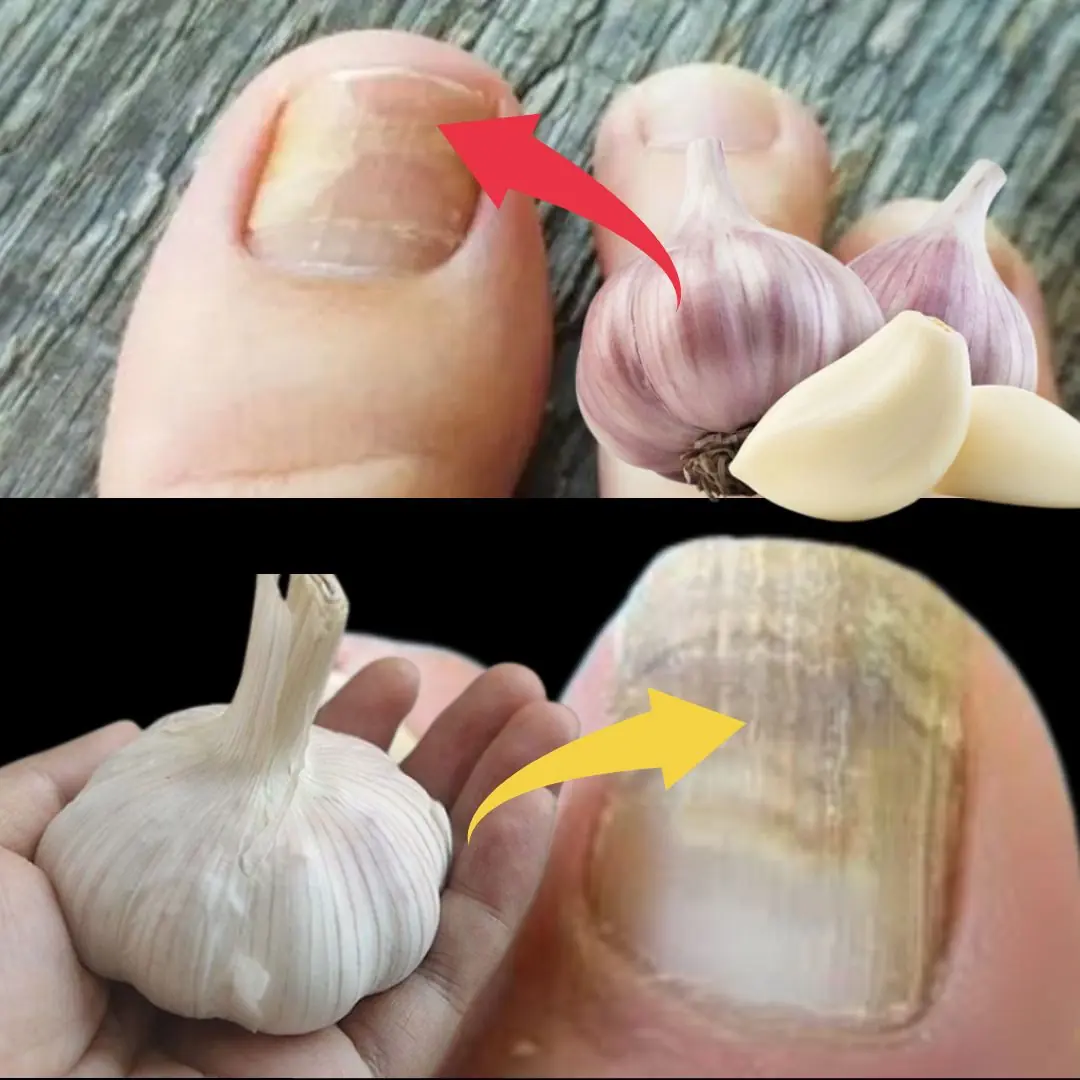
This Natural Nail Fungus Killer Works Fast: Garlic!
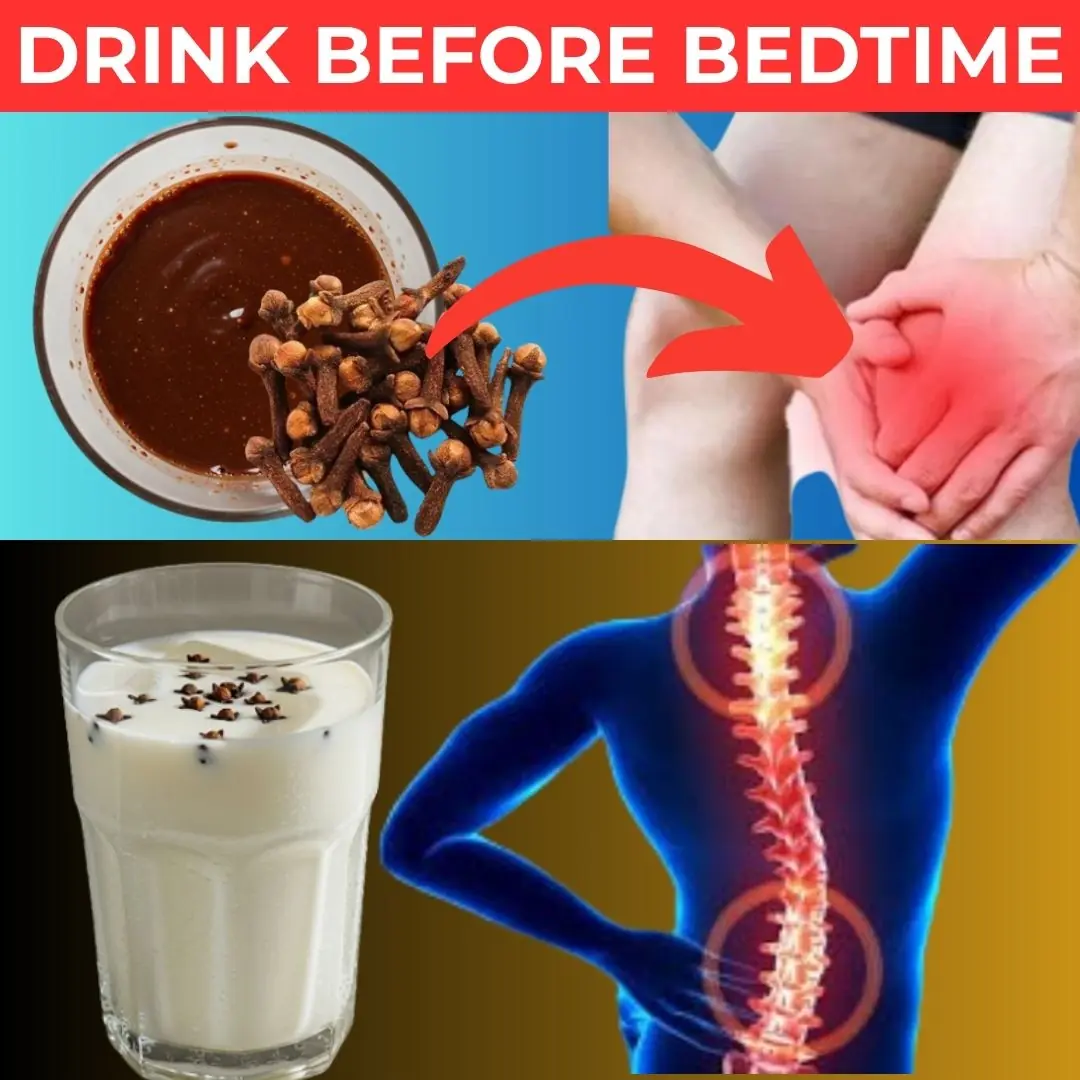
Old Doctor’s Remedy: Almond Milk with Cloves Treats 15 Health Problems in Just 1 Week
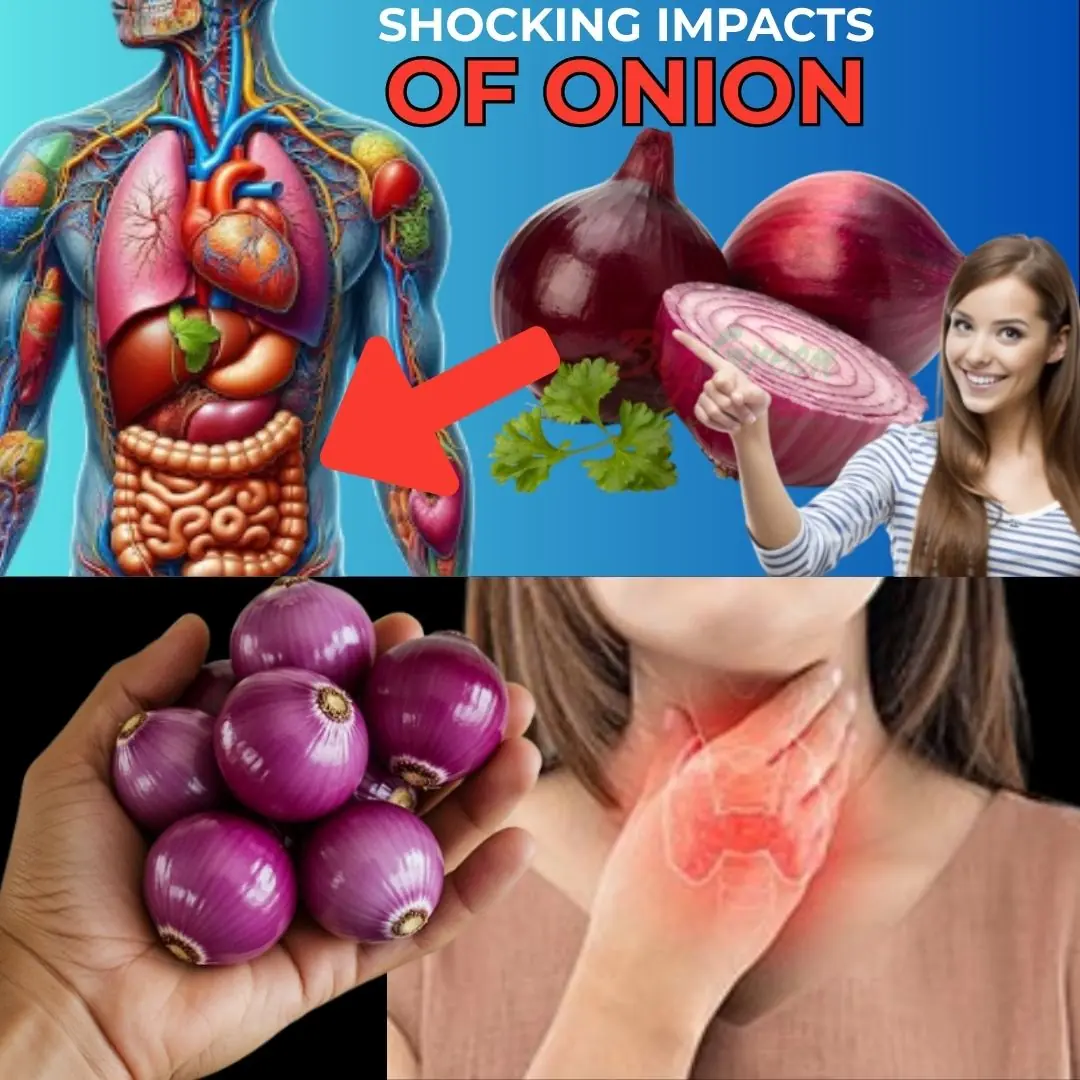
The Amazing Health Benefits of Onions: Why This Kitchen Staple Deserves a Spot in Your Wellness Routine
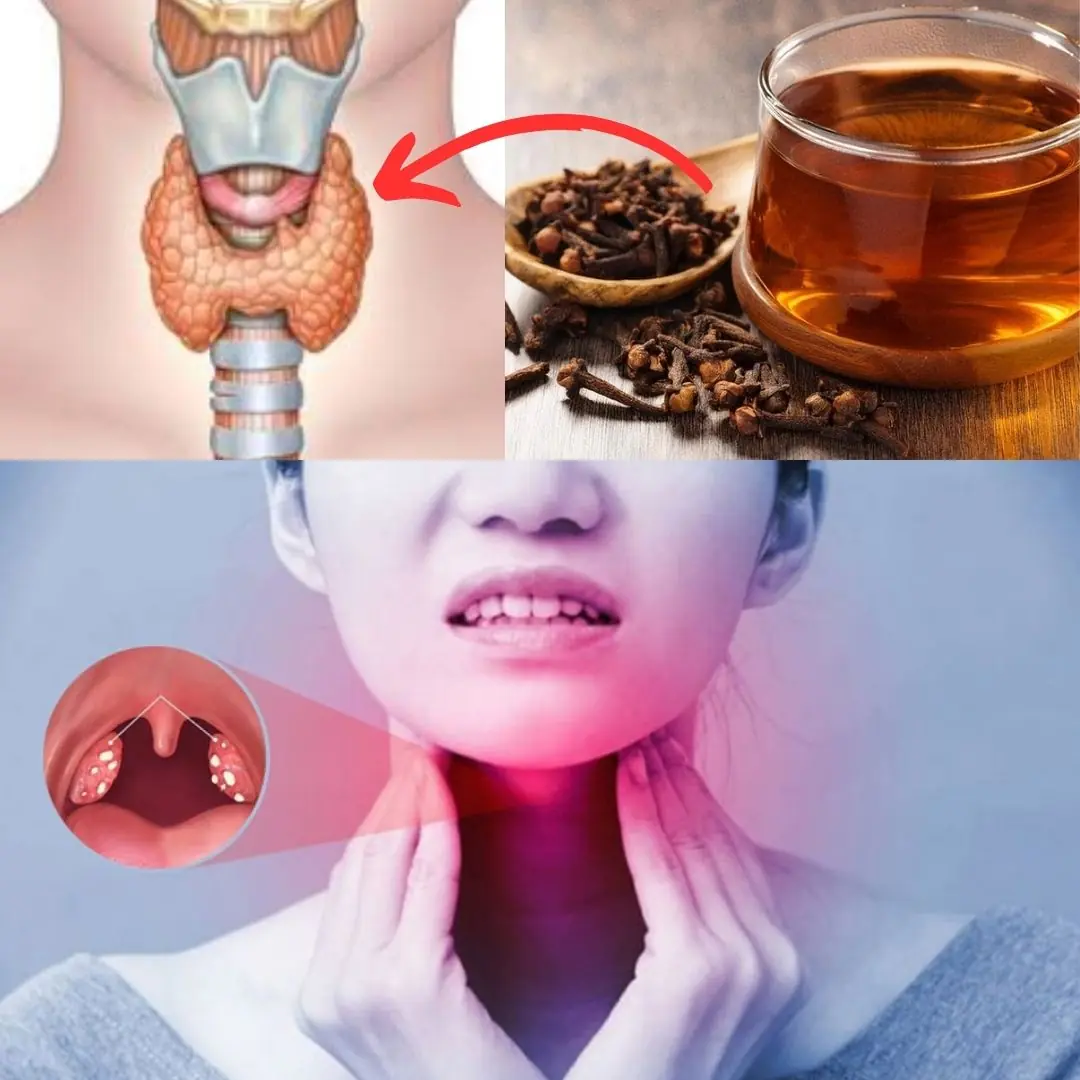
Kills Sore Throat and Inflammation – Cloves: Nature’s Antibiotic! 🌿🧄✨

Natural Eyes-Healing Secrets Big Pharma Doesn't Want You to Know | Dr. Barbara O'Neill
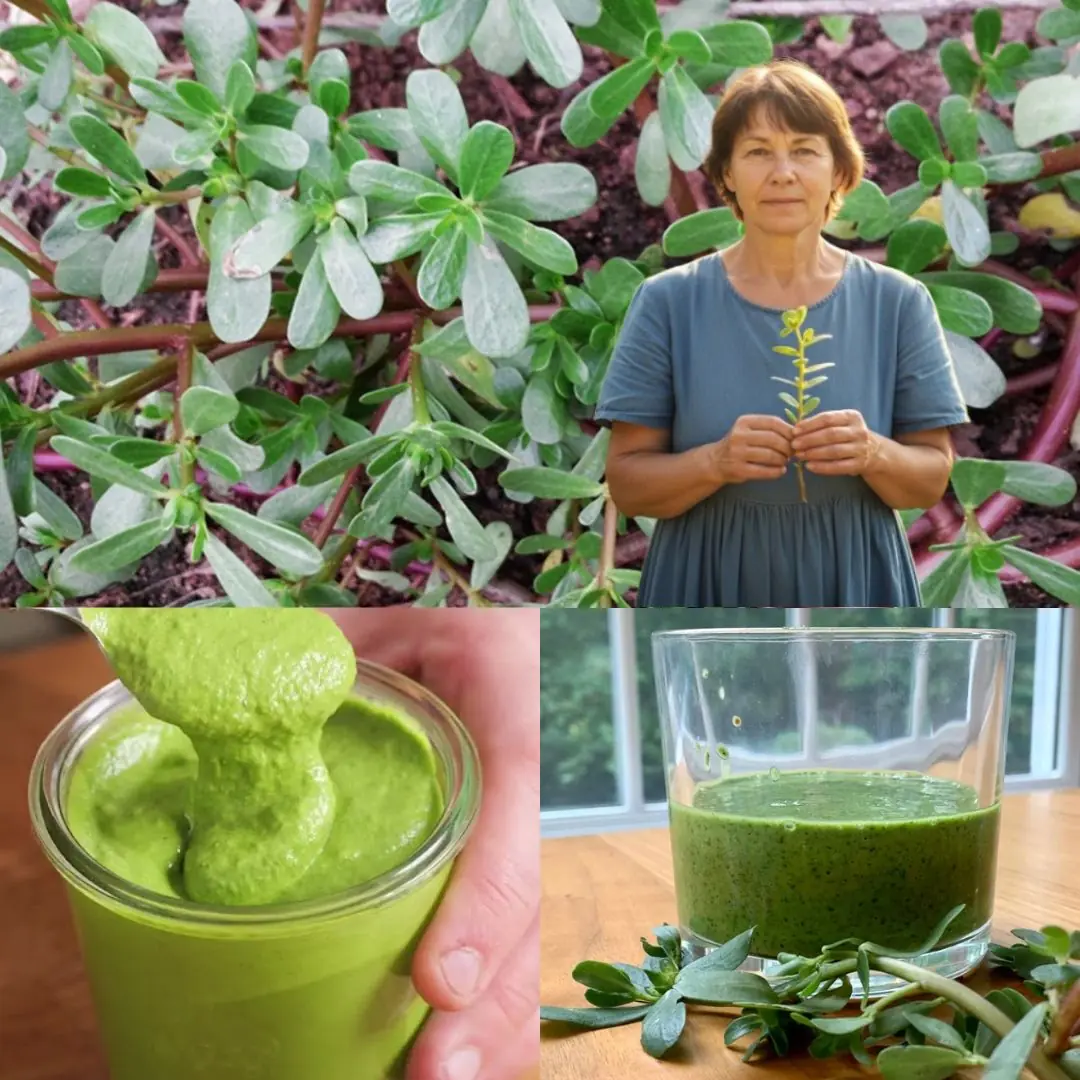
Senna Alexandrina: Nature’s Potent Cleanser for Digestive Health and More 🌿
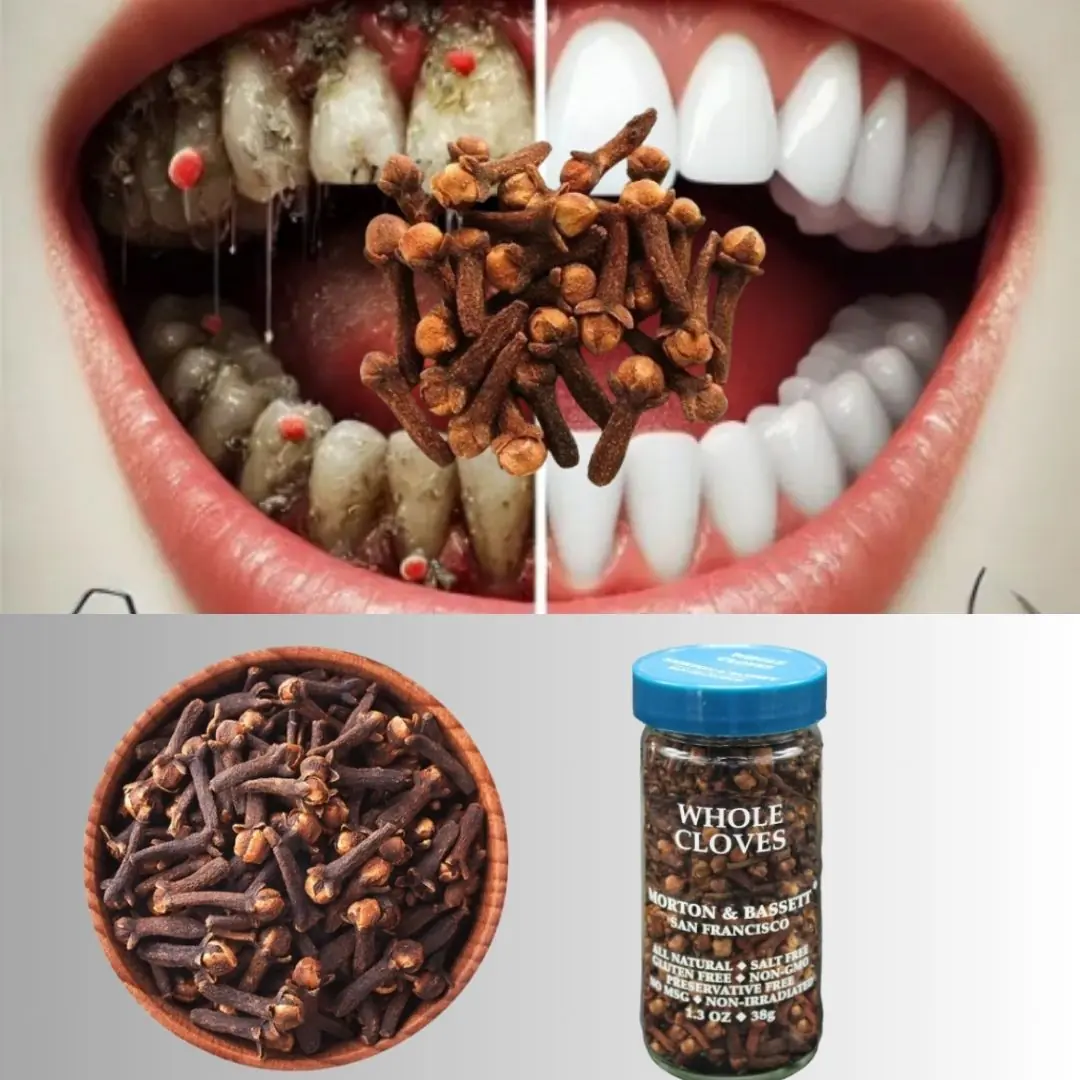
9 Natural Ways to Remove Plaque & Tartar Buildup
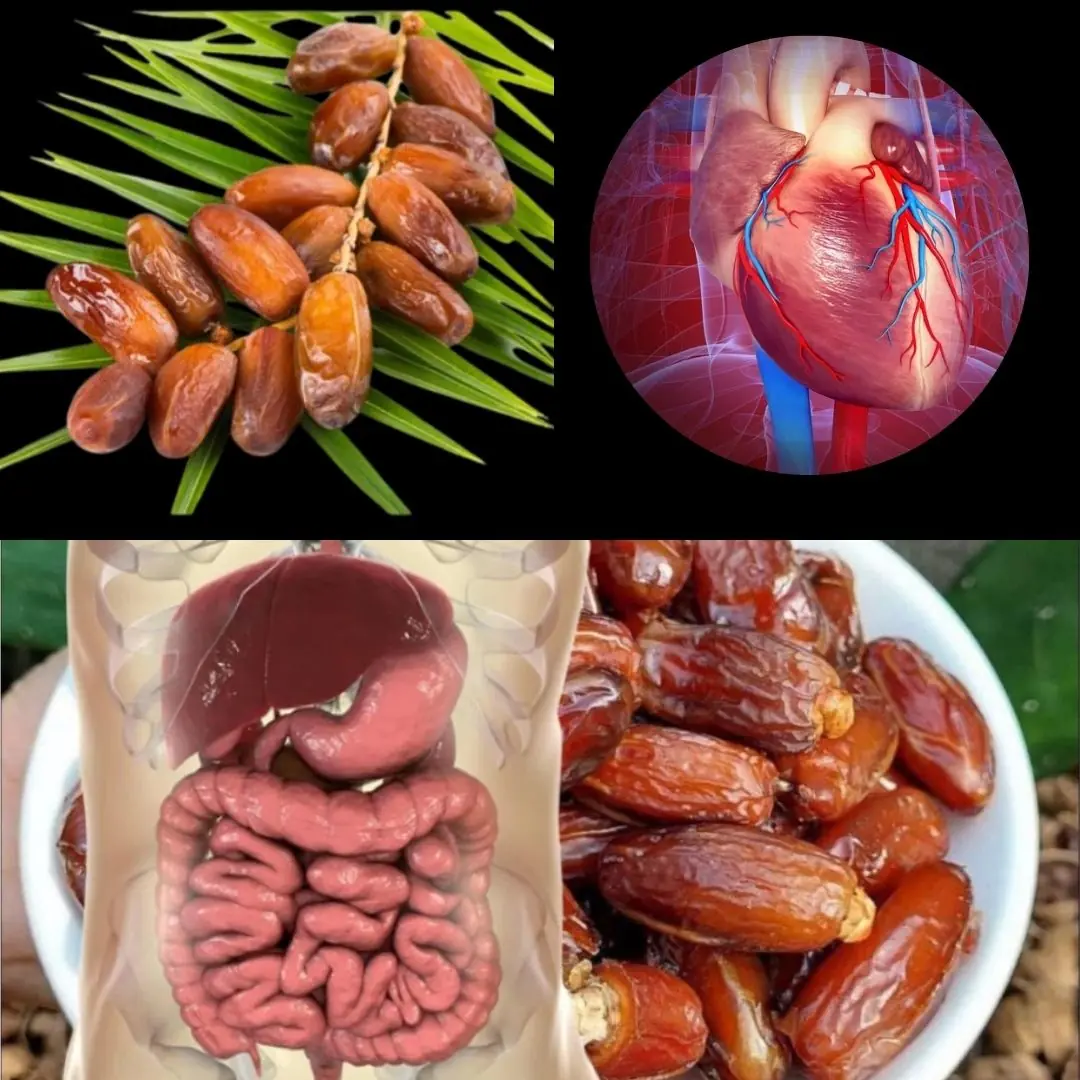
The Incredible Benefits of Dates: A Nutrient-Packed Superfood

The Incredible Health Benefits of Garlic: A Detailed Exploration Backed by Research
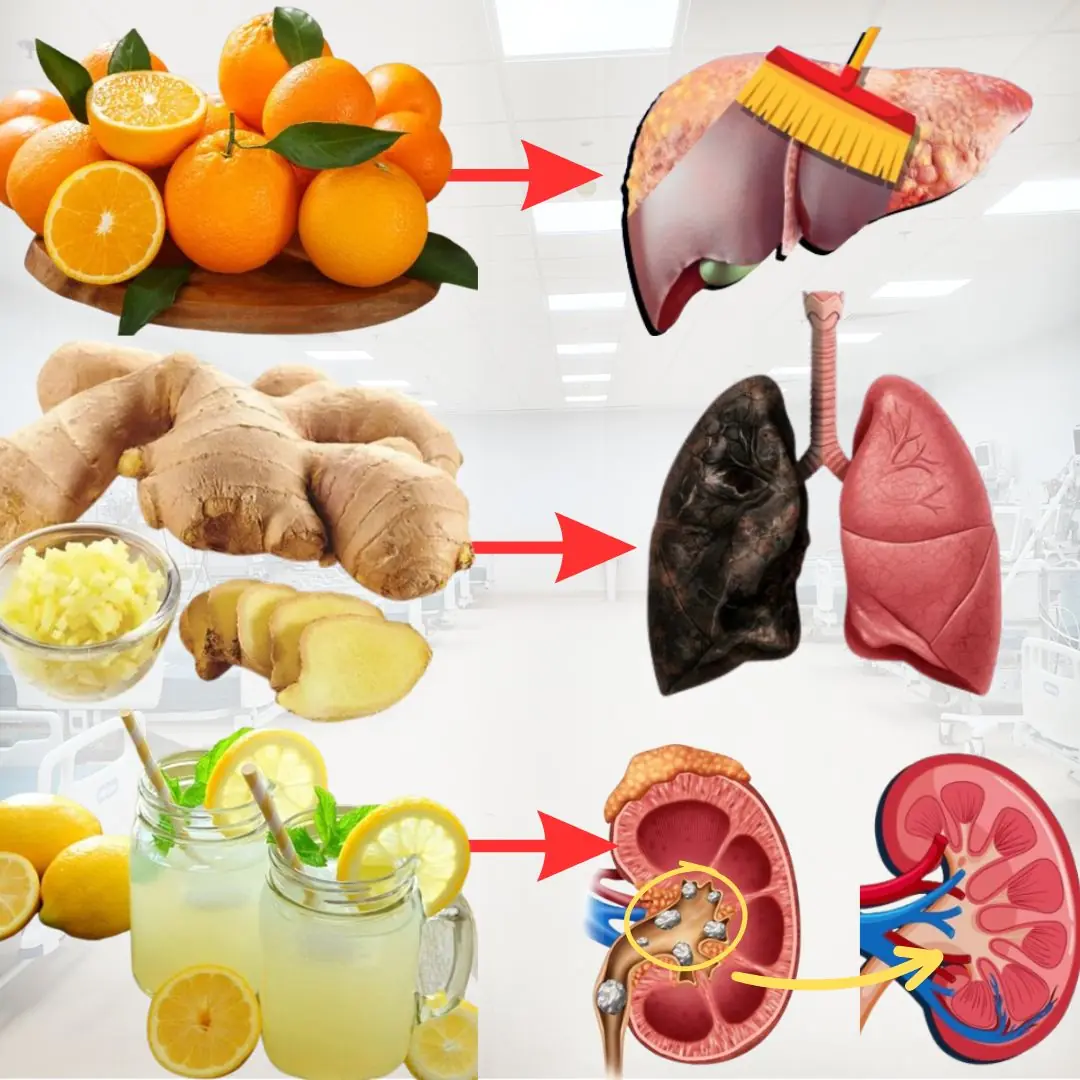
🌿 How to Detox Your Body Naturally (No Juice Cleanses Required)
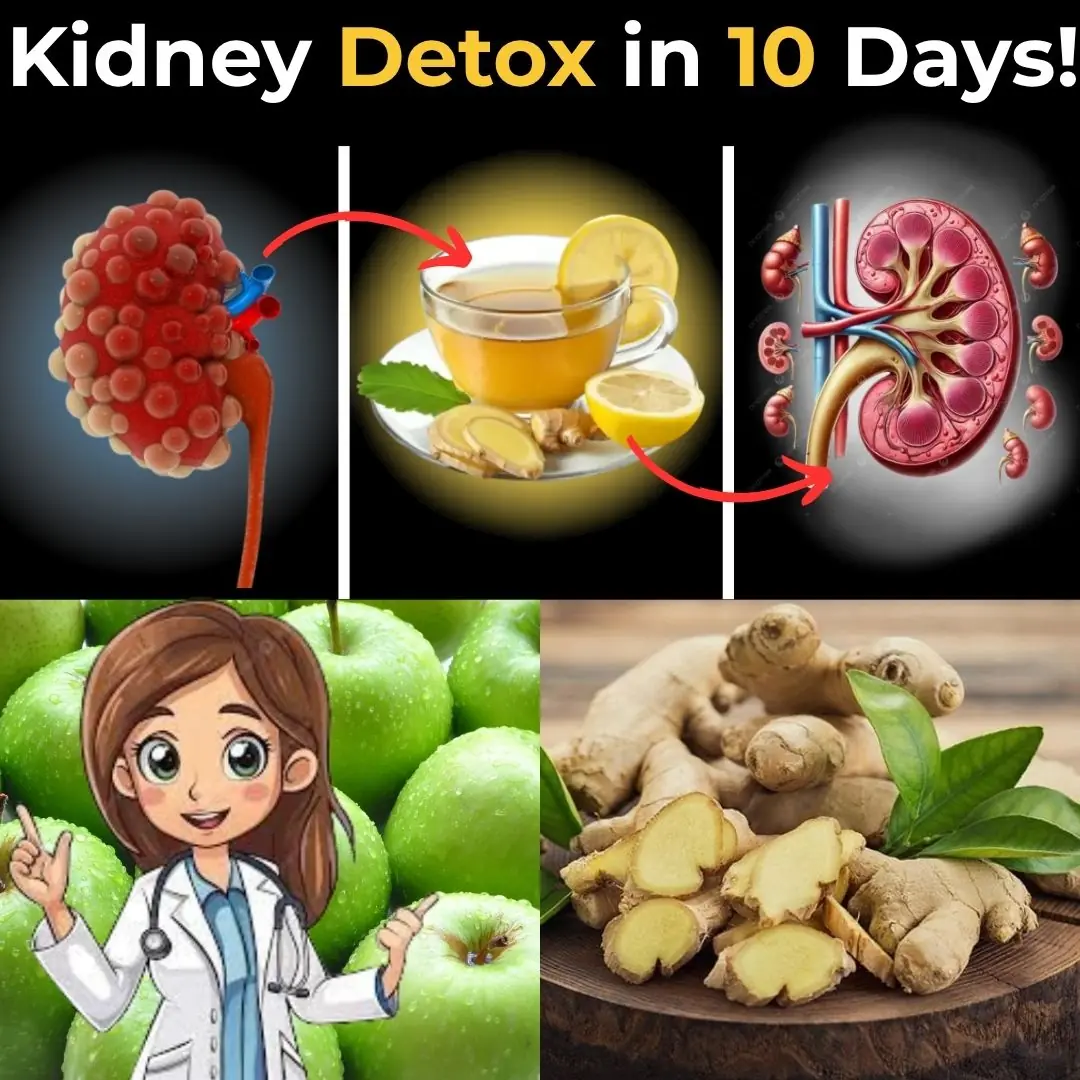
🍊 Detox Naturally: The Surprising Power of Tangerine, Walnuts & Ginger
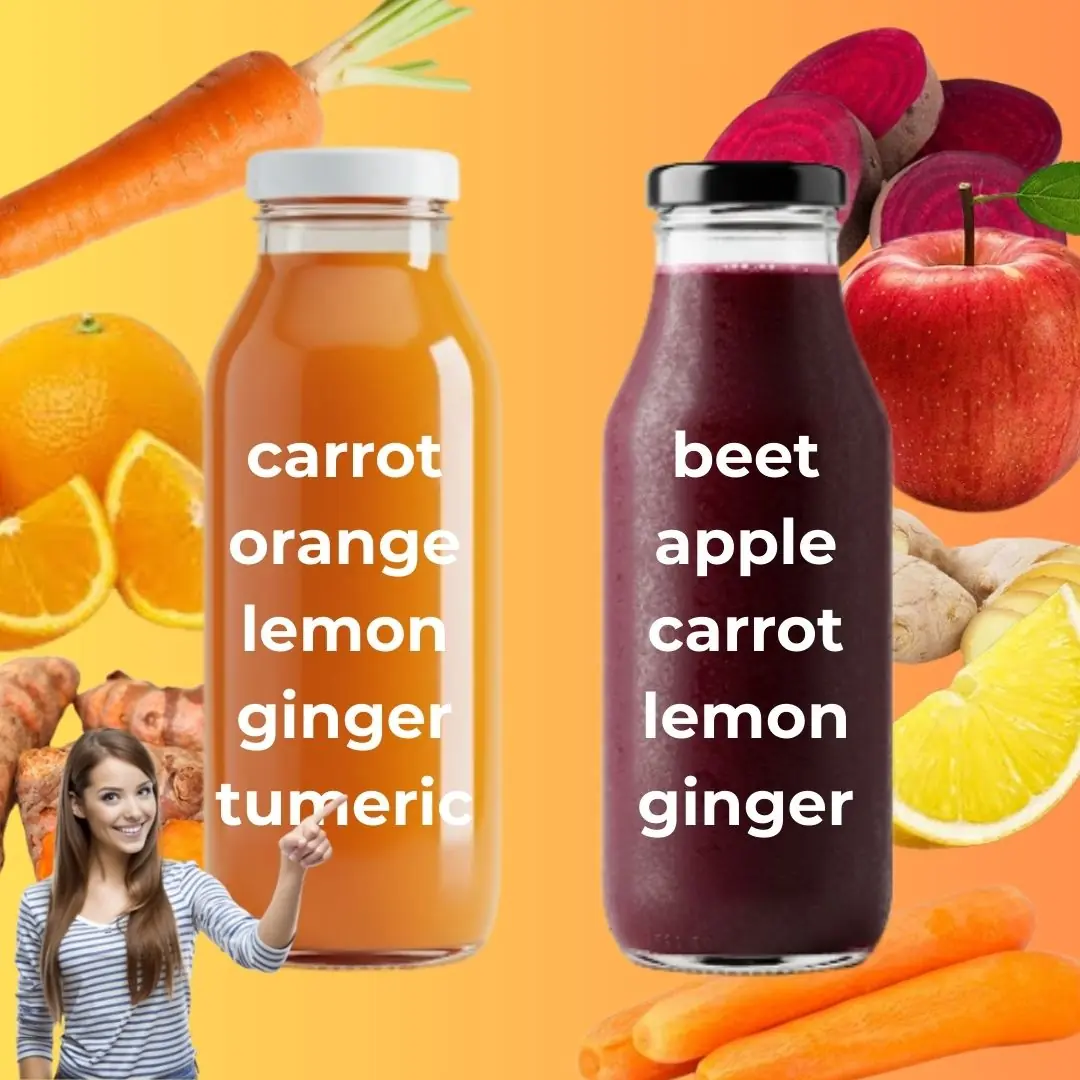
Boost Your Health with These 2 Powerful Juice Recipes
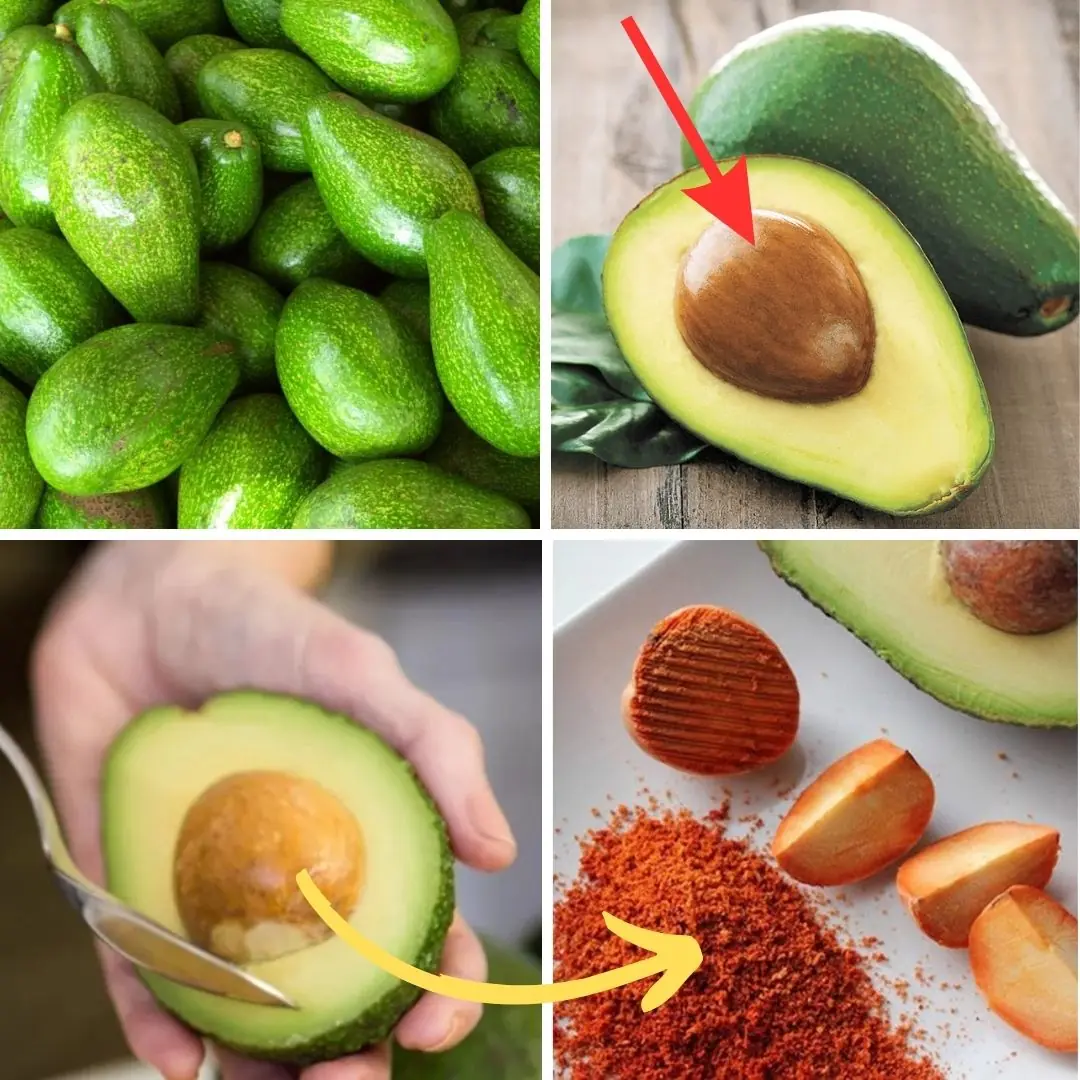
Once You Learn This, You Will Never Throw Avocado Pit Away
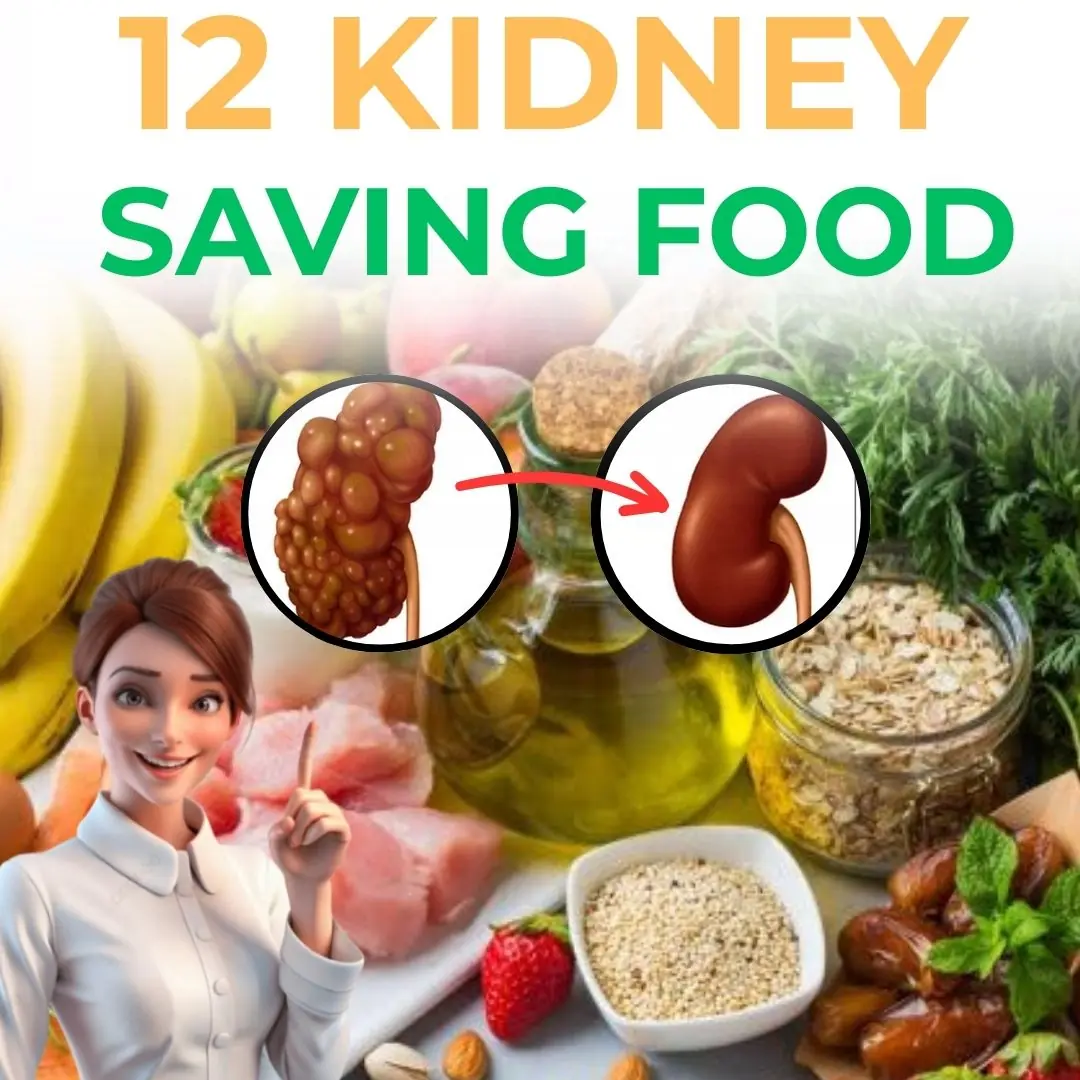
12 Best Foods for Kidney Health: Natural Ways to Protect Your Kidneys and Prevent Chronic Disease

👁️ TOP 5 Foods You NEED for Better Vision & Eye Health (SHOCKED DOCTORS!)
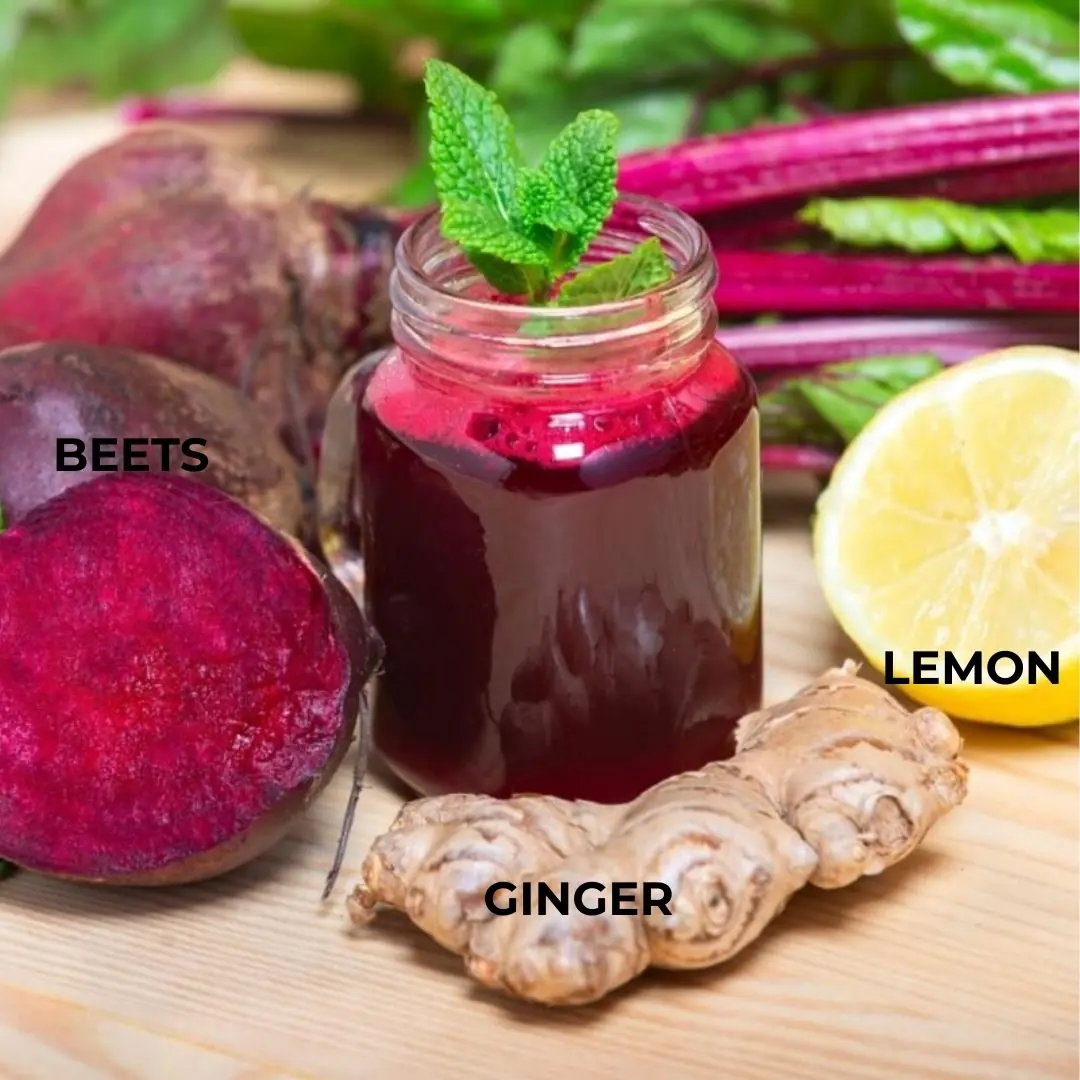
🥕 The Ultimate Morning Power Boost: Carrot, Ginger, Beetroot and Grape Smoothie
News Post

Someone in my neighborhood who was disabled never smiled. One day, I gave his life meaning.

When I got home with my twin babies, the locks had been changed, my stuff had been thrown away, and there was a note waiting for me.
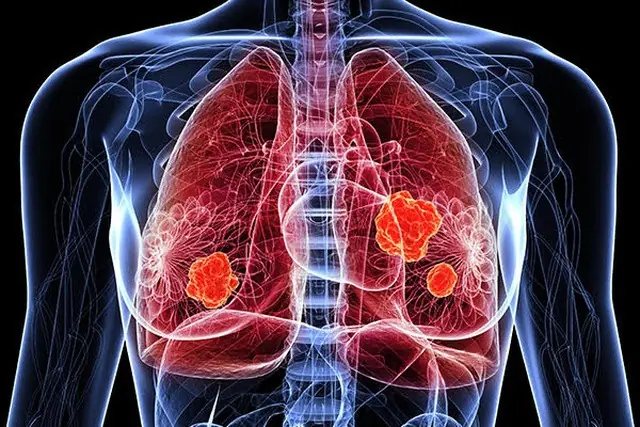
5 Changes in Hands and Feet That May Signal Lung Cancer Is Coming – But Most People Mistake Them for Common Illnesses

Both Mother and Child Died of Liver Cancer – Doctor Warns: Never Add These 3 Ingredients to Porridge
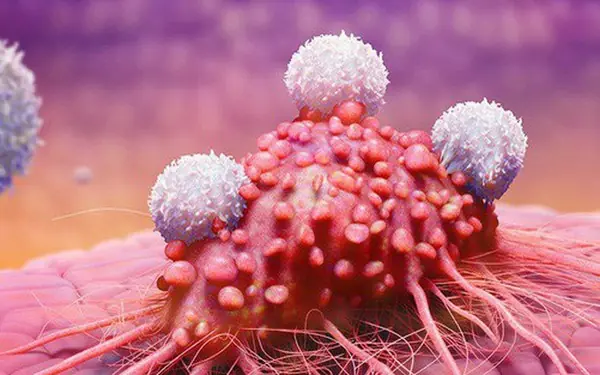
More and More Young People Are Getting Stomach Cancer! If You Wake Up With These 5 Symptoms, Get Checked Immediately

Viral Video Shows Plane ‘Frozen’ Mid-Air, Ignites ‘Glitch In The Matrix’ Theories

Secret CIA Documents Declare That The Ark Of The Covenant Is Real, And Its Location Is Known

It will make your bladder and prostate look like new! Working grandfather’s recipe!

Dying Rich Man Sends Death Notice to 5 Kids to Determine Heir, No One Comes except Strange Young Girl

Entitled Couple Stole the Airplane Seat I Paid For—So I Gave Them Turbulence They Deserved

My Husband Developed an Entitled Attitude After He Was Promoted — I Got Fed up with His ‘Royal’ Demands and Taught Him a Lesson

My Sister Gave Me a Box That Said, 'Do Not Open Until You Become a Mom,' and When I Finally Did, I Discovered My Whole Life Had Been a Lie

My Son Was Going to Marry the Love of His Life, but the Secret Letter Ruined Their Fairytale Wedding

Why You Should Try Placing Aluminum Foil Behind Your Router

6 Hard Truths About Losing a Parent

Why Do Button-Down Shirts Have Loops on the Back?

If You Have Tiny White Bumps on Your Face, Don’t Try to Remove Them!

Harvard Doctor Says No to These 4 Inflammatory Foods
